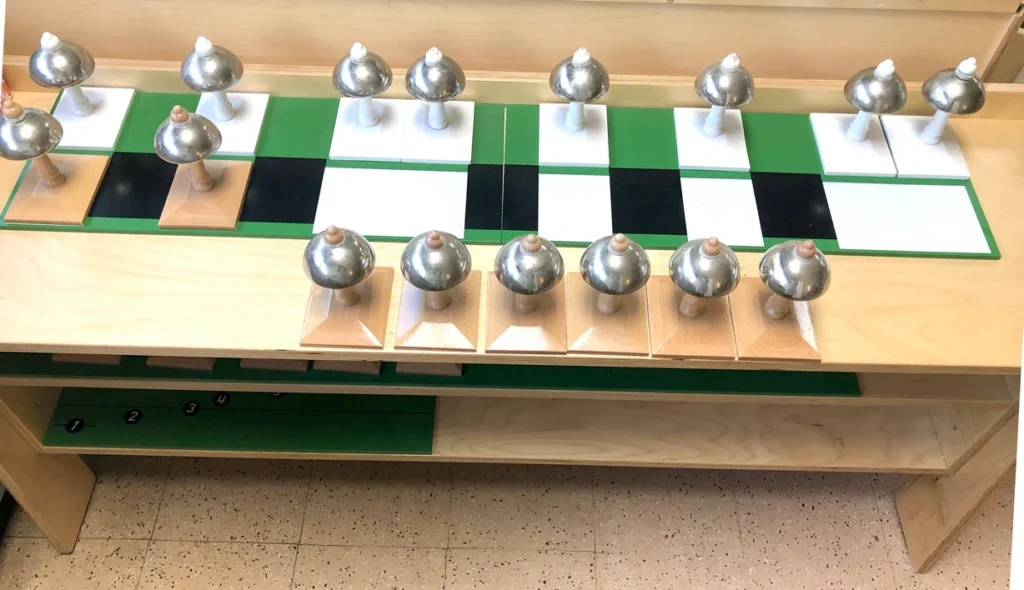
Montessori Bells – Montessori Sensorial Lesson
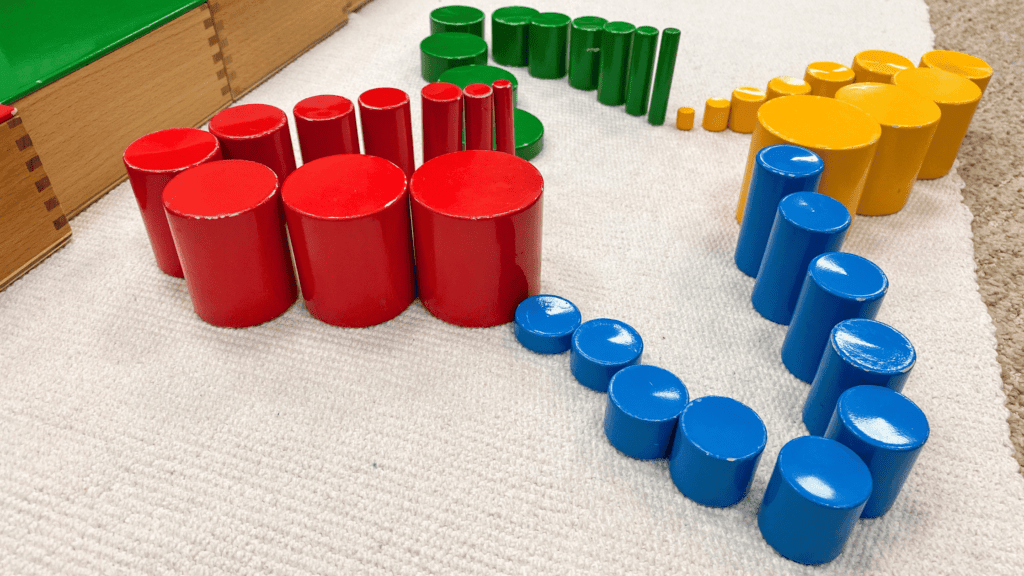
Knobless Cylinders
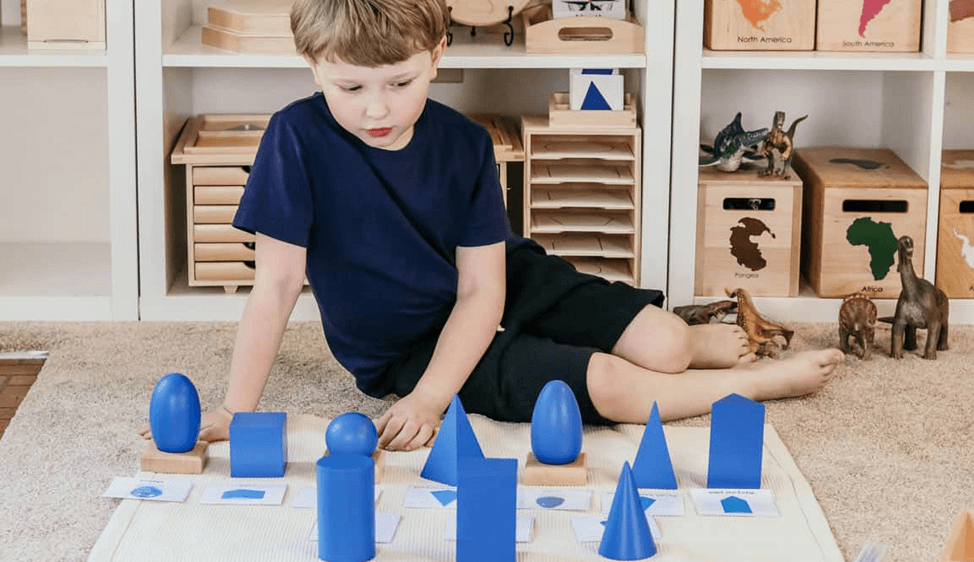
Geometric Solids
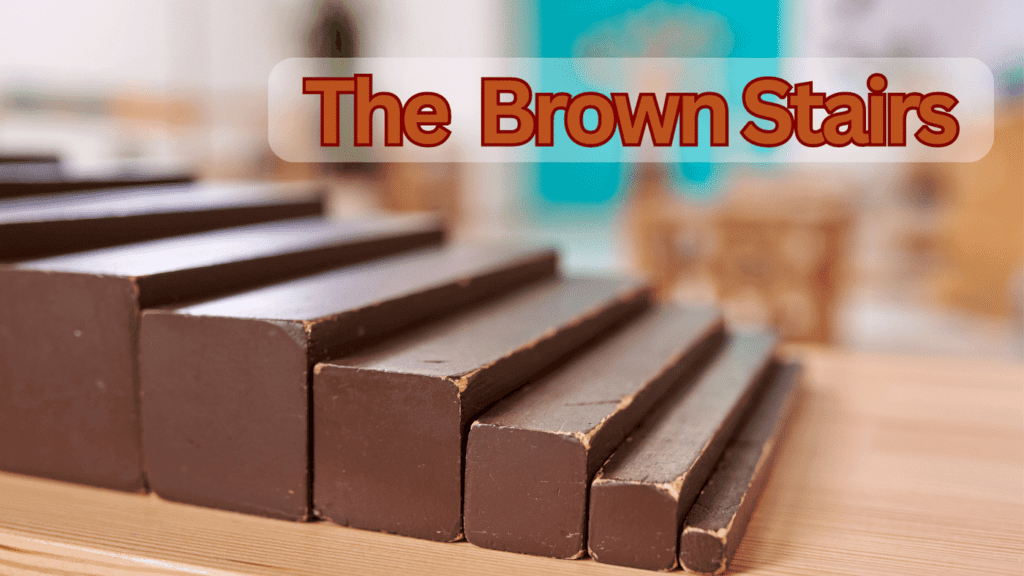
Montessori Brown Stairs (Broad Stairs)
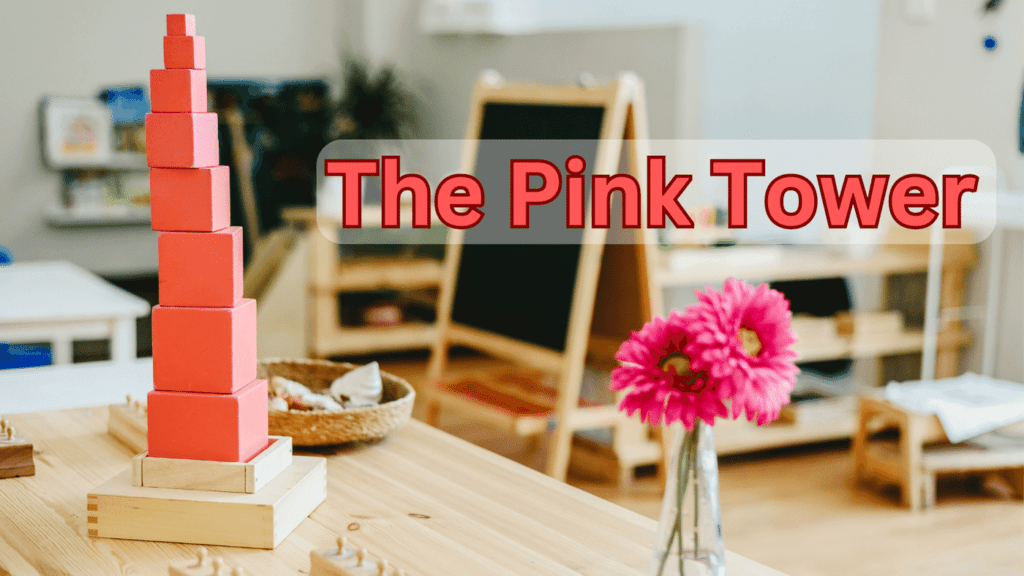





Montessori activities are like giving our little ones the keys to a world of learning through play. It’s all about letting their imaginations run wild and fostering a love for discovering new things.
Imagine your child getting excited about learning because it feels like playtime! Whether it’s sorting colorful objects, counting beads, or exploring nature, Montessori activities are designed to make education fun and engaging.
In the Montessori method, we encourage kids to choose activities that capture their interest. It’s like giving them the freedom to embark on their own learning adventure. Have you ever seen your child’s eyes light up when they pour their own juice or engage in practical life skills? That’s the magic of Montessori activities—they’re not just tasks; they’re building blocks for a future filled with curiosity and independence.
As any lesson in any type of education, Montessori lessons are also strategically designed. Dr. Maria Montessori created Montessori materials based on different learning needs of the children. They nurtures a child’s natural curiosity, independence, and love for learning. Here’s an overview of Montessori lessons and their key characteristics:
The Montessori curriculum comprises hands-on lessons tailored to individual childrens’ needs, focusing on practical life skills, sensorial experiences, mathematics, language, cultural studies, and real-world applications. These lessons prioritize hands-on learning, individualized instruction, and the development of independence, curiosity, and responsibility in a child-centered environment.
An example of a Montessori lesson is the “Golden Beads” lesson in mathematics. Children use specially designed beads to visually and concretely understand place value and perform mathematical operations like addition, subtraction, multiplication, and division. This hands-on approach enables them to grasp abstract mathematical concepts with ease.
Montessori lessons aid in educating a child by fostering independence, curiosity, and a love for learning. They provide hands-on, individualized instruction that aligns with a child’s developmental stage, promoting mastery of essential skills. The child-centered approach empowers students to explore, discover, and develop a strong foundation for lifelong learning.